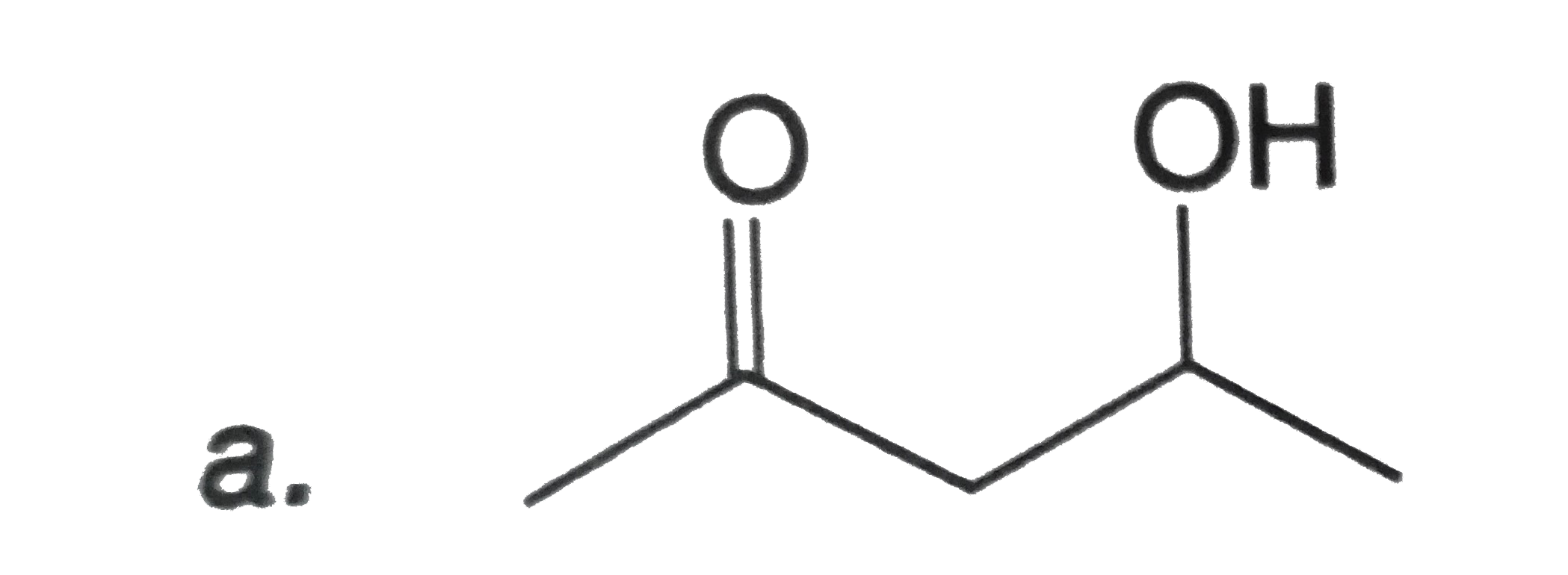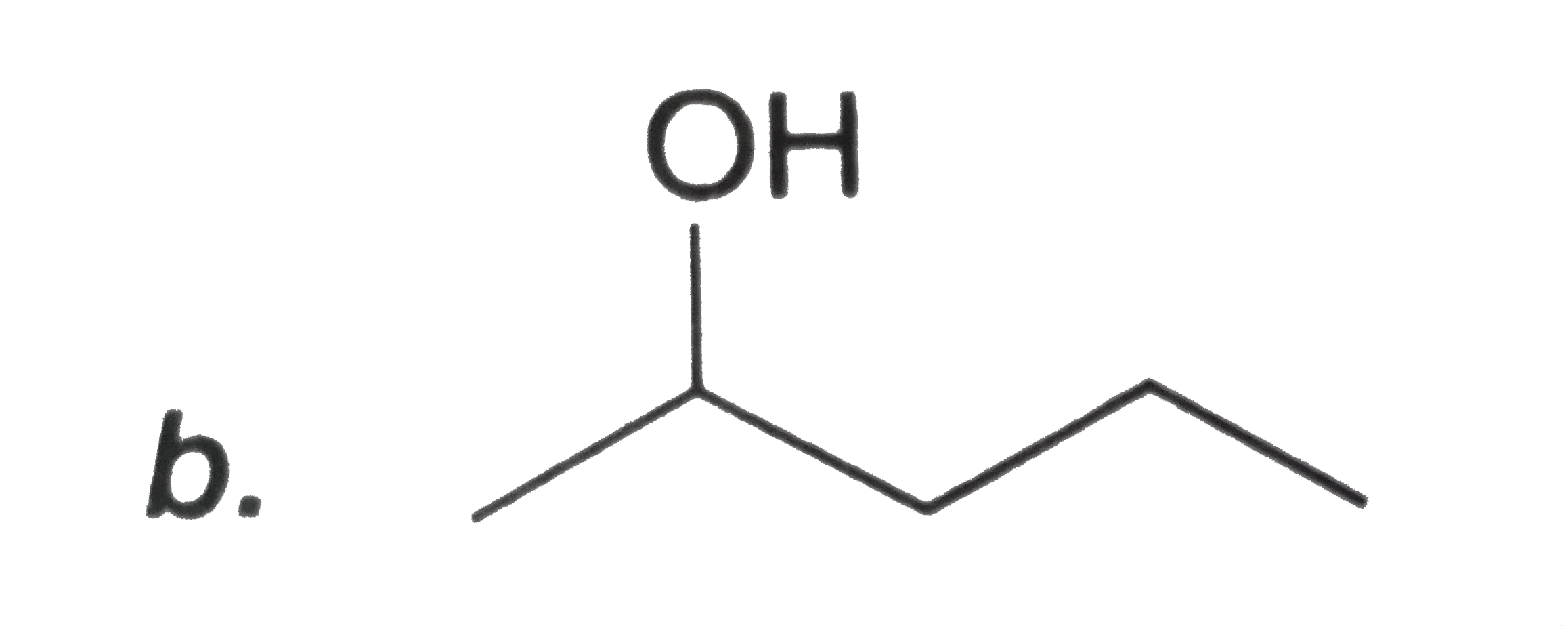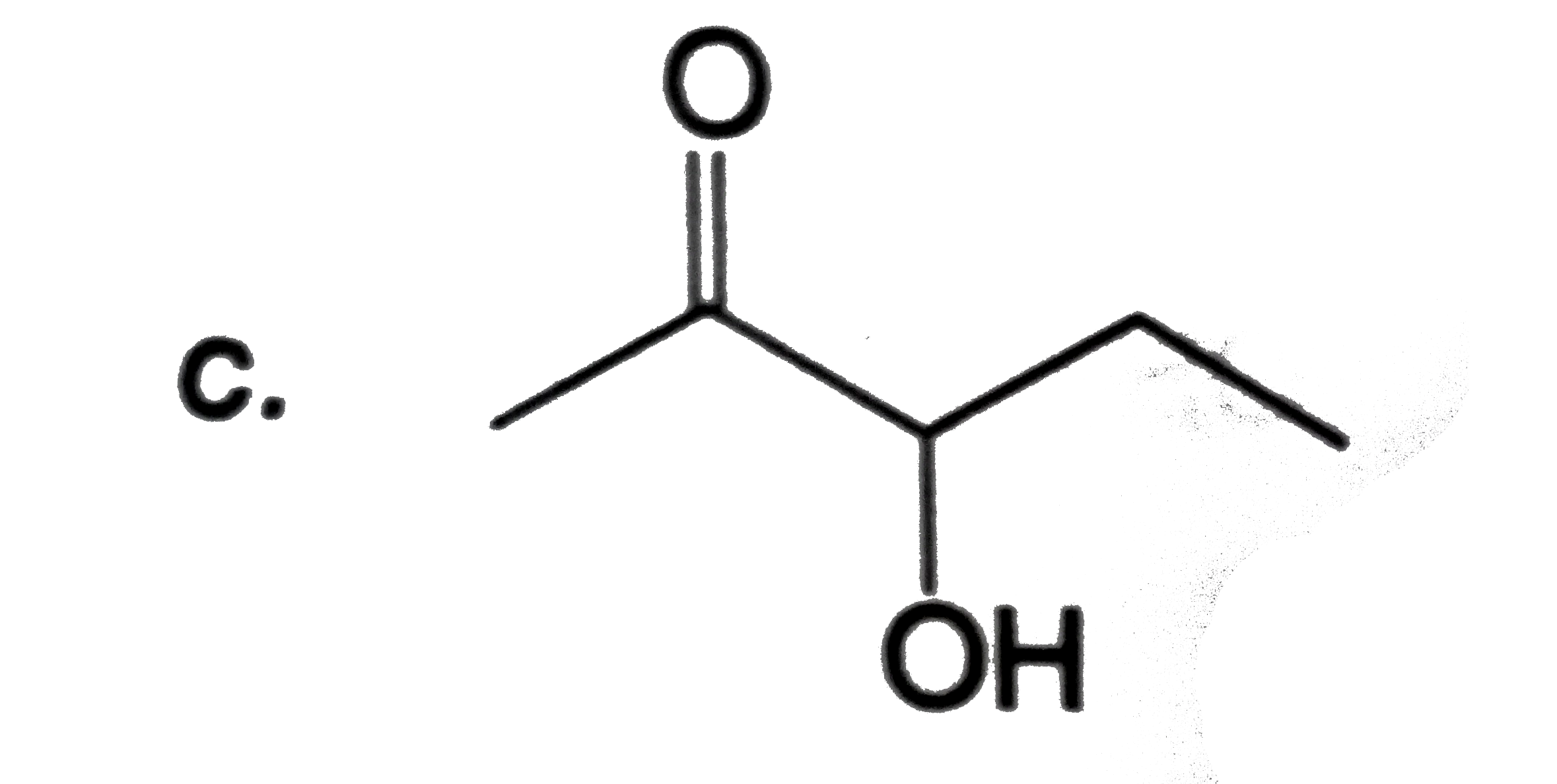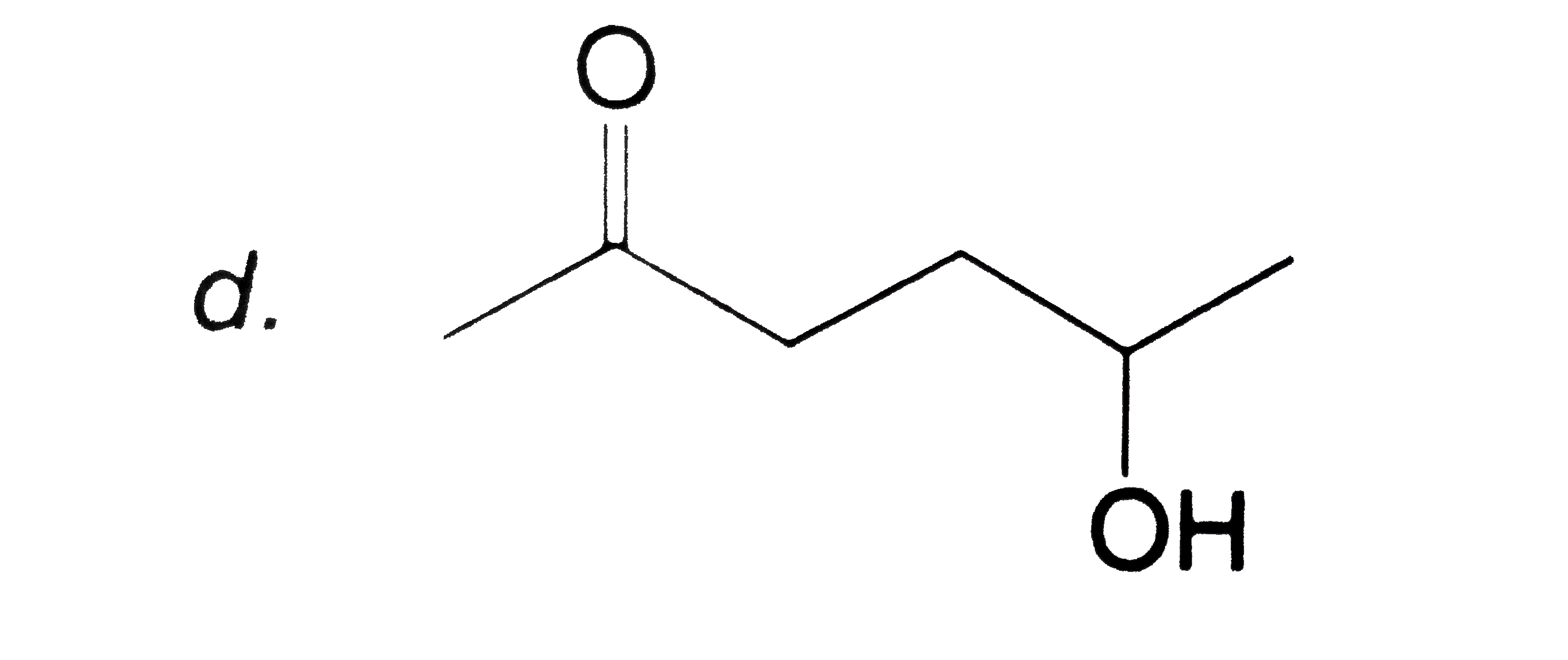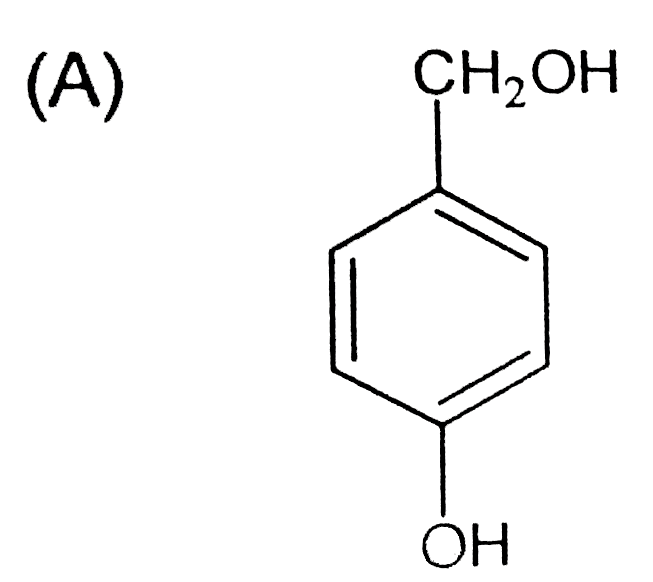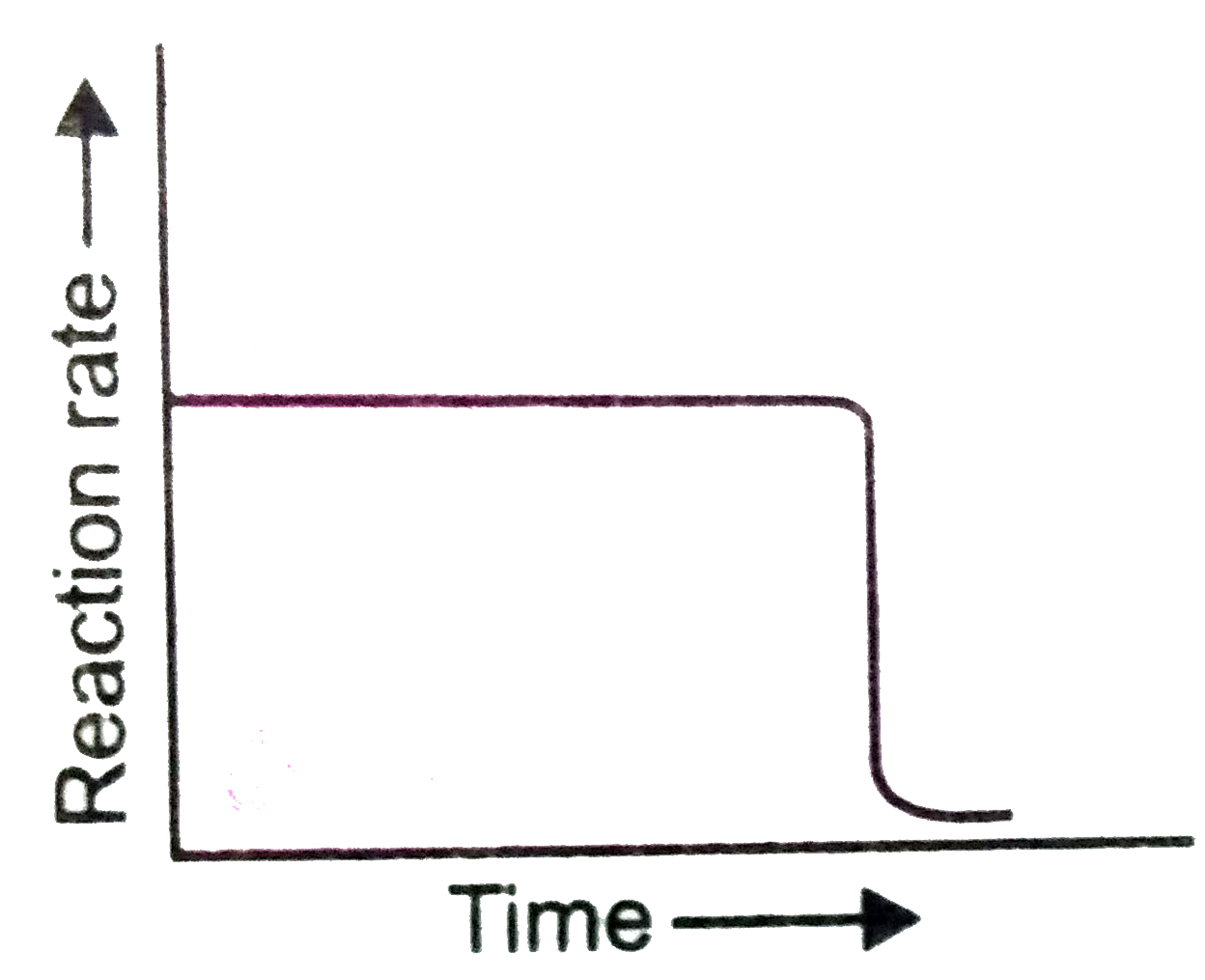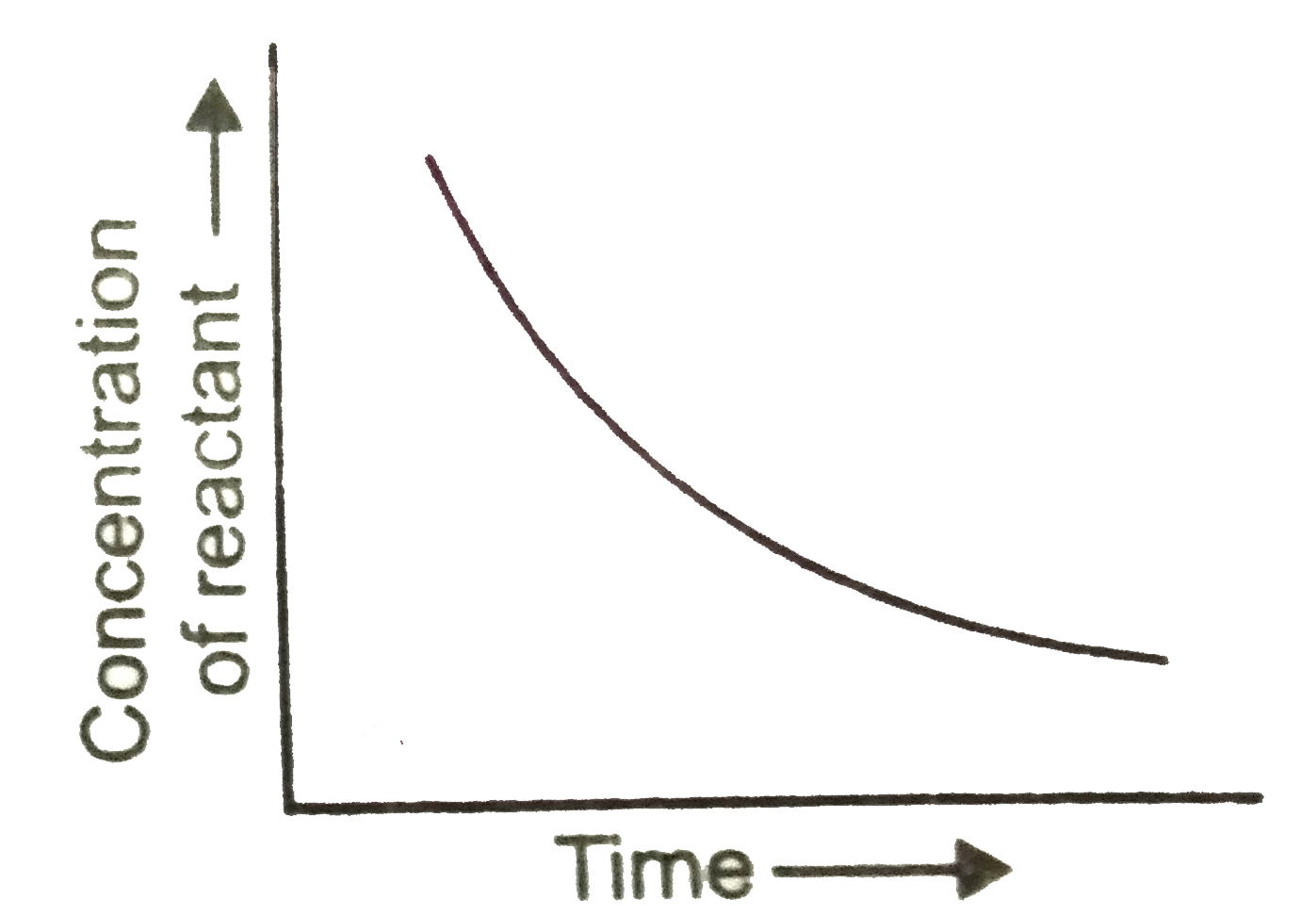Explore topic-wise InterviewSolutions in .
This section includes InterviewSolutions, each offering curated multiple-choice questions to sharpen your knowledge and support exam preparation. Choose a topic below to get started.
| 12701. |
x and y moles/litre of A and B respectively were allowed to react A+2BhArr1/2C. At equilibrium, the concentrations of A, B and C were found to be 4, 2 and 2 moles/litre respectively, x and y are |
| Answer» Answer :B | |
| 12702. |
Wrought iron, pig iron and steel differ in properties due to |
|
Answer» CARBON content |
|
| 12703. |
Two carboxylic acid groups are attached to benzene at ortho positions. What is the common name of the compound obtained ? |
| Answer» SOLUTION :PHTHALIC | |
| 12704. |
The relative lowering of vapour pressure of an aqueous solution containing non-volatile solute is 0.0125. The molaliry of the solution is |
|
Answer» `0.70` `THEREFORE (P^(@)-P_(s))/(P^(@))=(n)/(n+N)=0.0125` `rArr (n+N)/(n)=(1)/(0.0125)rArr (N)/(n)=(1)/(0.0125)-1=(0.9875)/(0.0125)` `therefore (N)/(n)=(0.9875)/(0.0125)` Now, MOLALITY `=(0.0125xx1000)/(0.9875xx18)=0.70`. |
|
| 12705. |
Which of the following is oxidant: |
|
Answer» HCl |
|
| 12706. |
What is B in 3R-OH+PX_(3)to 3R-X+B ? |
|
Answer» Meta PHOSPHORIC acid |
|
| 12707. |
Which of the following is incorrect regarding the first law of thermodynamics ? |
|
Answer» It is not applicable to any cyclic process |
|
| 12708. |
Which of the following statement are incorrect about this molecule? |
|
Answer» `C_(1)-C_(2)` and `C_(3)-C_(4)` bond are of same LENGTH |
|
| 12709. |
What is the nature of graph of mole fraction of gaseous solute and its partial pressure ? |
|
Answer» STRAIGHT LINE |
|
| 12710. |
Which vitamin is water soluble ? |
|
Answer» Vitamin-E |
|
| 12711. |
When ethylene is bubbled through an aqueous solution of bromine containing sodium chloride, the product/s formed is/are |
|
Answer» 1,2-dibromoethane |
|
| 12712. |
XeF_(2) molecule is |
|
Answer» Square PLANER 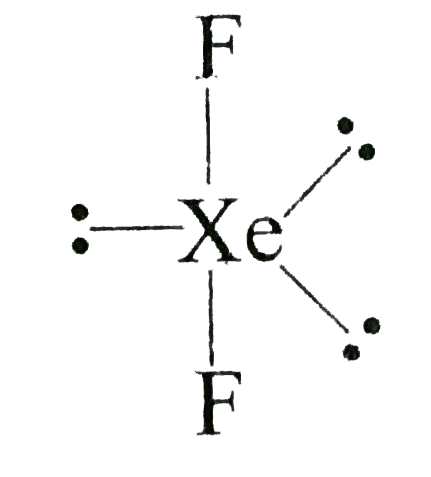
|
|
| 12713. |
Which one of the following will most readily be dehydrated in acidic condition? |
|
Answer»
|
|
| 12714. |
Write the formula of the following coordination compound Dichloridobis(ethane-1,2-diamine)platinum(IV)nitrate |
| Answer» SOLUTION :`[PtCl_2(EN)_2](NO_3)_2` Or `[PtCl_2(H_2N CH_2 NH_2)_2](NO_3)_2` | |
| 12715. |
Which is the correct order of ionic sizes ? At. Nos.Ce= 58, Sn=50 ,Yb=70 and Lu=71) |
|
Answer» `CE gt SN gt Yb gt LU` |
|
| 12716. |
What will happen during the electrolysis of aqueous solution of CuSO_(4) in thee presence of Cu electrodes? |
|
Answer» COPPER will DEPOSIT at cathode. |
|
| 12717. |
Which of the following pairs of ions when mixed in dilute solutions may be precipitate |
|
Answer» `Na^(+),SO_(4)^(2-)` |
|
| 12718. |
Which of the following will be diamagnetic ? |
|
Answer» `Cu^(2+)` |
|
| 12719. |
Two Daniel cells were set up one with 1 M ZnSO_(4) and1 MCuSO_(4) , the other with 2 M ZnSO_(4) and 2 M CuSO_(4) . Their emf's are E_(1) and E_(2) respectively . Then |
|
Answer» `E_(1) = 2 E_(2)` |
|
| 12720. |
Which of the following can give aldehyde by the oxidation with Jones reagent? |
|
Answer»
|
|
| 12721. |
Which of the following graphs is correct for a zero order reaction ? |
|
Answer»
|
|
| 12722. |
Which hydride possesses the maximum complex forming nature ? |
|
Answer» `NH_3` |
|
| 12723. |
Which of the following is a biodegradable polymer ? |
| Answer» Answer :C | |
| 12724. |
The standard enthalpies of formation of CO_(2)(g), H_(2)O(l) and glucose (s) at 25^(@)C are -400 kJ/mol, -300 kJ/mol and -1300 kJ/mol, respectively. The standard enthalpy of combustion per gram of glucose at 25^(@)C is : |
|
Answer» `+2900 kJ` `DeltaH_("comb. "C_(6)H_(12)O_(6))^(@)=6 DeltaH_(f CO_(2))^(@)+6DeltaH_(f H_(2)O(l))^(@)-DeltaH_(f C_(6)H_(12)O_(6)(s))^(@)` `=6XX(-400)+6 xx(-300) -(-1300)` `=-2900" kJ/mol"` `:.` Stadard enthalpy of combustion PER gram of glucose `=(-2900)/180=-16.11 kJ` |
|
| 12725. |
Which of the following combination is CORRECT ? |
| Answer» Answer :A | |
| 12726. |
Which of the following combination is CORRECT ? |
|
Answer» (II) (i) (S) |
|
| 12727. |
When acetaldehyde undergoes reaction with Zn-HCl in the presence of Hg, The product obtained is |
|
Answer» Propane |
|
| 12728. |
Which of the following lanthanide elements from tetrapositive ion in aqueous solution ? |
|
Answer» Sm |
|
| 12729. |
Which of the following sol will be destabilised with ionic impurities - if present? |
|
Answer» Gum sol in WATER |
|
| 12730. |
Which of the following ligands is ambidentate ligand? |
| Answer» Answer :D | |
| 12731. |
Which of the followign statements about zerolites is not correct ? |
|
Answer» ZEOLITES are open STRUCTURES of silica in which trivalent aluminium is substituted by a fraction of silicon atoms. |
|
| 12732. |
Which is incorrect statement- |
|
Answer» Boric ACID in DILUTE aqueous solution is weak antiseptic for eye. |
|
| 12733. |
Which of the following will give benzoic acid on oxidation? |
|
Answer» BENZYL alcohol |
|
| 12734. |
Which of the following will occur if0.1 M solution of a weak acid is diluted to 0.01 M at constant temperature |
|
Answer» `[H^(+)]` will decrease to 0.01 M |
|
| 12735. |
Which one of the following elements show different oxidation states ? |
|
Answer» SODIUM |
|
| 12736. |
Which one of the following compounds cannot be used for the preparation of Grignard reagent |
|
Answer» `C_(2)H_(5)Br` |
|
| 12737. |
Which one of the following impurities present in colloidal solution cannot be removed by electrodialysis? |
|
Answer» SODIUM chloride Ureabeingacovalentcompounddoes notdissociatetogiveionsand hence itcannotberemovedby ELECTRODIALYSIS. Howeverallthe other given compoundsareionicwhichcanundergodissociation to giveoppositelychargedionsandthuscanbeseparated. |
|
| 12738. |
Which one of the following amines can be directly oxidised to the corresponding nitro compound by potassium permanganate? |
|
Answer» `CH_(3)NH_(2)` |
|
| 12740. |
Which of the following species is not expected to be a ligand ? |
|
Answer» NO |
|
| 12741. |
Which alkyl halide from the following pairs would you expect to react more rapidly by an S_(N)2 mechanism ? Explain your answer.(i) CH_(3)CH_(2)CH_(2)CH_(2)BrORCH_(3)CH_(2)underset("Br")underset("| ")("C ")HCH_(3)(ii) CH_(3)CH_(2)underset("Br")underset("| ")("C ")HCH_(3)ORH_(3)C-overset(CH_(3))overset("|")underset(CH_(3))underset("|")("C ")-Br(iii)CH_(3)underset(CH_(3))underset("|")("C ")HCH_(2)CH_(2)BrOR CH_(3)CH_(2)underset(CH_(3))underset("|")("C ")HCH_(2)Br |
|
Answer» Solution :The `S_(N)2` REACTION procceeds through transition state where the leaving group and the NUCLEOPHILE are bonded to carbon. The nucleophile always attacks from the opposite side of the leaving group and the attack is FAVOURED if there is no crowding near the carbon. Hence `1^(@)` - halide is most reactive where `3^(@)` is least reactive. `1^(@)R-X gt 2^(@)R-X gt 3^(@)-R-X` (i) `CH_(3)-CH_(2)-CH_(2)-CH_(2)-Br` will be more reactive. (ii) `CH_(3)-CH_(2)-underset("Br ")underset("| ")("C ")H-CH_(3)` will be more reactive. (III) `CH_(3)underset(CH_(3))underset("|")(C ")HCH_(2)CH_(2)Br` will be more reactive,because `-CH_(3)` group is at greater distance from halogen. |
|
| 12742. |
Titanium metal crystallises in a BCC arrangement and radius of an atom is 142 picometre. Determine atomic weight of titanium if density is 16.6 g/cm^(3). Also determine the number of unit cells present in a 5 cm^(3)block of titanium metals. |
|
Answer» Solution : In BCC arrangement of atoms the relatioship between edge length radius of atom is `4r=sqrt(3a)` Density `(rho)=(NM)/(N_(A)V)` Where, N = Number of atoms per unit cell, M = Molar mass, NA = Avogadro's number V = Volume of unit cell `implies16.6=(2M)/(6.023xx10^(23)((4)/(sqrt3)xx142xx10^(-10))^(3)` Here, radius is taken in cm unit since, density is in g/`cm^(3)` unit. Solving : M = 176. Also mass of 5 `cm^(3)` BLOCK `=5xx16.6`=83 g `implies` Number of atoms is 5 `cm^(3)` block `=(83)/(176)xx6.023xx10^(23)` `implies` Number of unit CELLS=`(No. of atoms)/(2)` `(83xx6.23xx10^(23))/(176xx2)=1.42xx10^(23)` |
|
| 12744. |
When propanal reacts with 2- methylpropanal in presence of NaOH, four different products are formed. The reaction is known as |
|
Answer» ALDOL CONDENSATION |
|
| 12745. |
The second order Grag diffraction of X-rays with lamda=1.0 Å from a set of parallel planes in a metal occurs at an angle of 60^(@). The distance between the scattering planes in the crystal is |
|
Answer» 0.575 Å `2xx1`Å`=2xxd SIN 60 implies d=1.15` Å `because (sin60=(SQRT(3))/(2))` |
|
| 12746. |
Which of the following species is/are coloured ? |
|
Answer» `K_(2)Cr_(2)O_(7)` (b) `CrO_(2)Cl_(2) to "Due to charge transfer"`. (C )`Na[Ag(CN)_(2)] ton "Colourless"`. (d) `Cl_(2)(g) to "Due to HOMO-LUMO ELECTRONIC transition"`. |
|
| 12747. |
What type of isomerism is shown by benzaldoxime ? |
|
Answer» OPTICAL |
|
| 12748. |
What volume of H_(2)O_(2) solution of "11.2 volume"strength is required to liberate 2240 ml of O_(2) at NTP? |
|
Answer» 300 ml |
|
| 12749. |
30 g Ba(MnO_(4))_(2) sample containing inertimpurity is completely reacting with 100 ml of "28 volume" strength of H_(2)O_(2) in acidic medium then what will be the percentage purity of Ba(MnO_(4))_(2) in the sample ? (Ba=137, Mn=55, O=16) |
| Answer» ANSWER :C | |
| 12750. |
What is the percentage strength of "15 volume" H_(2)O_(2) ? |
|
Answer» `6.086 %` |
|
